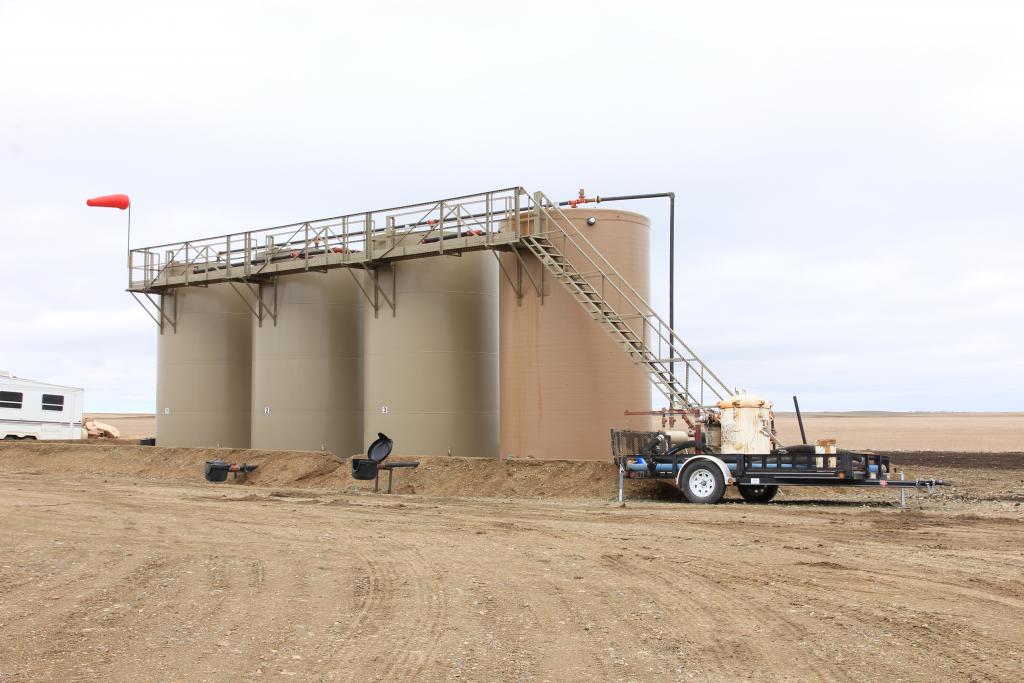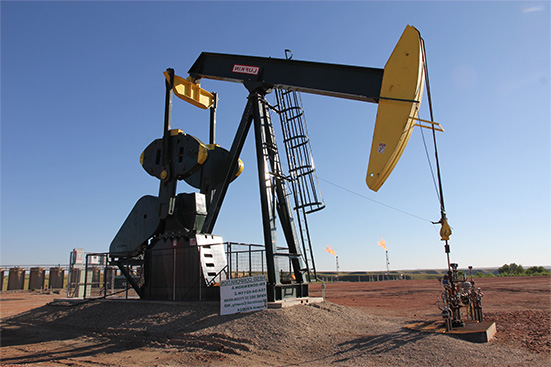
Net asset value, commonly referred to as NAV, is a significant valuation figure for any form of investment, and this includes energy, as well as oil and gas shares. Investors should understand how to determine and manipulate the net asset value to be able to distinguish mutual funds within the same sector. Instead of investment firms, NAV can be employed in the analysis of specific energy, and oil and gas investment firms. The majority of investors in the energy sector utilize NAV models to estimate the weighted average cost of capital, project cash flows, and analyze various business segments.
The net asset value helps identify the value of oil and gas producers. Simply put, it is equivalent to a firm’s assets minus its liabilities. Typically, the net asset value is close to or equivalent to a business’ book value. Firms that are deemed to have good growth prospects are typically valued more than their net asset value might suggest. NAV is equivalent to the price per share in the context of a mutual fund.
The formula for net asset value is as follows:
NAV = Value of assets – liabilities
Where:
- The value of assets is equivalent to the number of securities and other assets
- The value of liabilities is the value of fund expenses like management expenditures, staff salaries, audit fees, operational expenses, etc.
On a per-share basis, the net asset value is the price at which the investors can purchase or sell units of the fund.
Using Net Asset Value for Energy, Oil and Gas Companies
Although net asset value is an essential figure, mutual fund investors should be careful not to gauge the performance of an energy, or oil and gas fund on the basis of its changes. This is mainly because funds have a tendency to pay out a huge chunk of their capital gains and income. It is a rare occurrence when changes in the net asset value are able to capture real returns.
Contact DW Energy
Want to learn more about oil & gas investing? Our expert team can provide you with more information or schedule a consultation to talk about diversifying your investment portfolio.

Net asset valuation or NAV models are a good option vs. traditional discounted cash flow, mainly because energy firms cannot assume lasting growth. For instance, the number of reserves in an oil and gas firm can considerably affect its NAV per share.
Net Asset Value and Mutual Funds
A mutual fund is a vehicle that collects funds from shareholders to invest in securities like bonds, stocks, and other assets. Mutual funds are operated by professional financial managers. Every investor gets a specific number of shares based on the amount they have invested. Pricing for every share is based on the net asset value.
At the end of each trading day, professional financial managers compute the closing price of all the assets, account for liabilities, add the value of any extra assets, and calculate the net asset value based on the number of outstanding shares.
Contact dw energy
Sources:
“Net Asset Value,” Investor.gov, https://www.investor.gov/
“Valuing Oil & Gas Assets: The Complexities And Key Considerations,” Finance Monthly, https://www.finance-monthly.com/
“Valuation – Oil and Gas Assets,” LinkedIn Pulse, https://www.linkedin.com/
